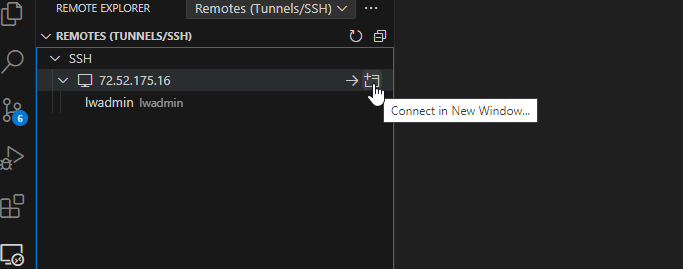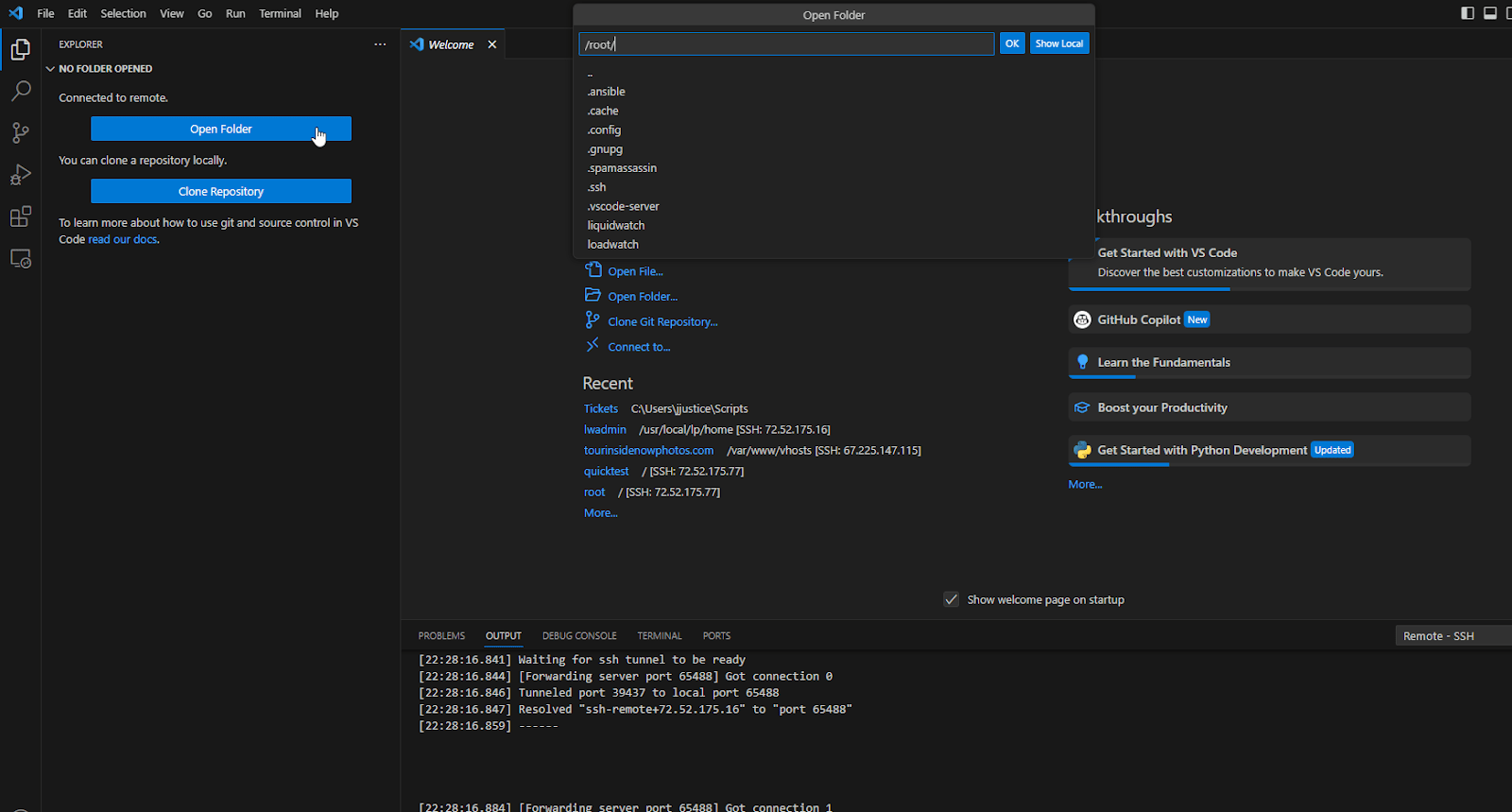How to install VSCode on Linux, Mac, and Windows
Visual Studio Code (VSCode) is a free, open-source editor developed by Microsoft that can manage various programming languages and extensions with enhanced functionality. The benefits of installing VSCode are numerous. Continue reading to learn all this excellent code editor has to offer.
How is Visual Studio Code useful?
VSCode is a versatile choice for developers as they get started on various development projects that require a quality code editor. This one comes with a nice toolbox to help you code like "the pros":
- A terminal for Linux, PowerShell, CMD, Git Bash, and more.
- The powerful built-in VSCode Editor.
- A set of robust code navigation features.
- The rich coding environment, user interface, and file explorer for viewing and managing your files and folders during the often fast-paced development lifecycle.
- Tons of extensions for accelerated code creation in any programming language.
Installing VSCode on Linux, Mac, and Windows
Visit the VSCode download page and choose the version and configuration details for your on Linux, Mac, and Windows operating system. Then, go through the installation and subsequent configuration prompts to complete the install of VSCode so that you can begin coding.
The numerous extensions available for VSCode empower coding and managing your new code generated with great efficiency. One valuable extension is the Remote Explorer, which allows you to access files and folders from the VSCode Editor and VSCode Explorer functional areas of the programming environment.
How to get the Remote Explorer plugin
After the install of VSCode has completed, open it. Then, click the Extensions button on the left-hand side of the user interface. Alternatively, you can use the Ctrl+Shift+X keys on Windows or the Command+Shift+X keys on a Mac:

Search for Remote Explorer and click the Install button:

How to add your server to the list of Remote Explorer connections
Once the Remote Explorer plugin has been successfully installed, click the Remote Explorer icon in the sidebar:

Next, click the "+" (plus) icon to add a new connection. Then, put in your SSH connection details as shown in this example:
ssh user@<youripaddress> -p22Remember to replace <youripaddress> with you actual IP address.

It will ask you which SSH configuration file you would like to update, so it can save your host settings:

Once you choose a file to edit, it will keep your host settings and you can choose to open the configuration file or connect to the server:

How to connect to your server using the Remote Explorer plugin
If you didn’t click the Connect button when the host was added to the SSH configuration file, you can also click the File icon next to your new server in the SSH list. If you don’t see it, click the Refresh icon to update the display:

It will ask you for your SSH password:

The advanced features for facilitating your coding with connectivity are quite impressive:

Once you are connected to your server, you will be able to do the following:
- Access files and folders by using the VSCode File Explorer on the left-hand side of the screen.
- Open up multiple terminals in parallel on the remote instance.
- Use the VSCode Editor for all your coding, which comes with the helpful Visual Studio Code IntelliSense code completion functionality. It provides "code hinting" in terms of autocompletion of the line of code you are currently writing for your chosen programming language.
- Add your other VSCode extensions to your remote server’s instance for a better developer experience (for example, the git extension).
Leveraging the power of Visual Studio Code as your code editor of choice
Visual Studio Code is a powerful, versatile, and free code editor that supports a wide array of programming languages. Furthermore, it offers a multitude extensions to augment the core functionality.
Taking the steps outlined in this article, easily install VSCode, add the Remote Explorer plugin, and connect to your server. Regarding your coding effort, you are able manage files and folders directly within the VSCode interface. This setup not only streamlines your development workflow, but also provides access to VSCode's extensive feature set, including its built-in terminal, sophisticated code editor, and file explorer.
The IntelliSense autocomplete features are impressive and useful during rapid software development cycles. In addition, there is the capability of using a diverse library of helpful extensions. Whether you're a developer or a power user, integrating VSCode with the Remote Explorer plugin will undoubtedly boost your efficiency and make managing your remote files and folders a breeze.
Related Articles:
Our Sales and Support teams are available 24 hours by phone or e-mail to assist.
Latest Articles
In-place CentOS 7 upgrades
Read ArticleHow to use kill commands in Linux
Read ArticleChange cPanel password from WebHost Manager (WHM)
Read ArticleChange cPanel password from WebHost Manager (WHM)
Read ArticleChange the root password in WebHost Manager (WHM)
Read Article


